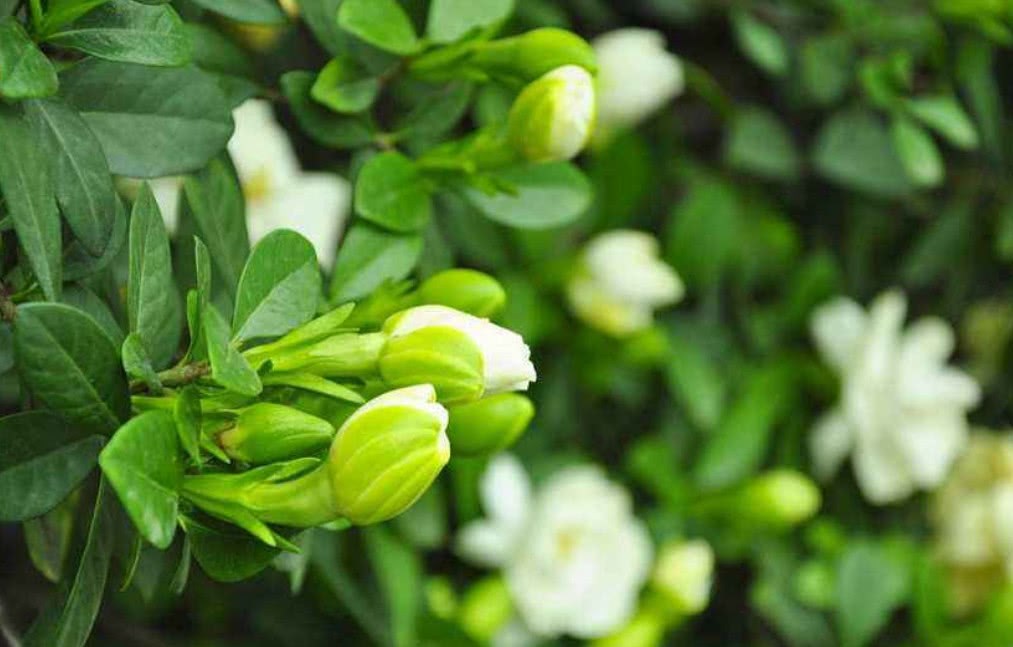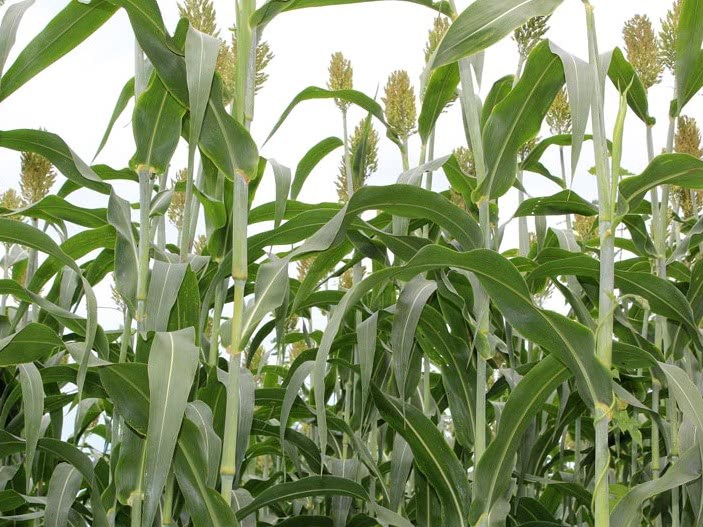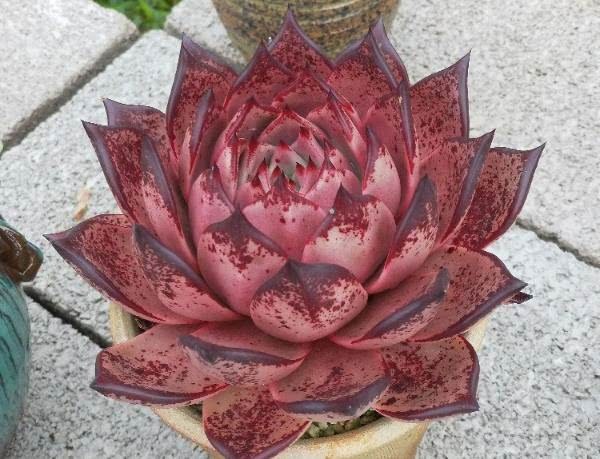What if such a beautiful gardenia flower is destroyed by scale insects? Teach you a few tricks to deal with it.

Gardenia flowers are white and fragrant, so they are deeply loved by the majority of flower friends. But some flower friends often find that their gardenias are always attacked by scale insects. Scale insects lay their eggs in the soil, and their larvae are mostly snow-white willow floc, moving very slowly.
It was found that the larvae could be sprayed with omethoate in time, and it was easy to be removed in the egg and larval stage. Adults will develop a waxy shell on the surface of the body, which is not easy to remove. It will absorb the sap of plant leaves and branches, causing great harm to plants. The injured plants will not only grow poorly, but also appear leaf yellowing, early defoliation and other phenomena, which will seriously wither and die.
The formation of scale insects is mainly due to the fact that the basin soil is too wet for a long time and the culture environment is not ventilated. In the case of fewer bugs, the bugs can be brushed off along the leaves and branches with a brush, or washed away by a flood, while cutting off diseased branches and leaves and destroying them centrally.
If there are more bugs, you can spray 1000 times of dichlorvos. Liquor can also be mixed with water at 1:2 and poured into the soil, once every two weeks, and can be removed twice in a row. At the same time, the cotton cloth is dipped in wet white vinegar or alcohol and wiped back and forth on the branches and leaves, which can not only eliminate scale insects, but also eliminate other invisible pests, but also make the plant leaves green and bright.
After the bugs are cleared, move the gardenia to a position with better light and ventilation, and the basin soil will not be dry or watered to prevent the recurrence of insect pests. In order to prevent the spread of insect pests, plants can be sprayed with 0.2-0.5 degree stone sulfur mixture in early spring every year to kill insect eggs. Stone-sulfur mixture plays an important role in the control of plant powdery mildew, brown spot, red spider, scale insect and other diseases and insect pests.
- Prev

Don't lose this mold when you see it on sorghum. It's a rare delicacy of 60 yuan per jin.
In rural areas, farmers' understanding of things is very simple, as long as some are conducive to the growth of crops are good; if there are some bad effects on the growth of crops are considered harmful, farmers will find a way to put these.
- Next

To make succulent plants fat, it is not difficult to control the thickening of watering leaves.
After the roots of succulent plants are cultivated, they should be relatively full without special watering. But if there is more water, the plants will grow desperately, but they will not become compact and fat. To control water is to give less water appropriately, even if.
Related
- Wuhan Hospital Iron Tree Blooming Result Was Instantly Frightened by the Gardener Master
- Which variety of camellia is the most fragrant and best? Which one do you like best?
- What is the small blue coat, the breeding methods and matters needing attention of the succulent plant
- Dormancy time and maintenance management of succulent plants during dormancy
- Minas succulent how to raise, Minas succulent plant pictures
- What are the varieties of winter succulent plants
- How to raise succulent plants in twelve rolls? let's take a look at some experience of breeding twelve rolls.
- Attention should be paid to water control for succulent plants during dormant period (winter and summer)
- Watering experience of twelve rolls of succulent plants
- Techniques for fertilizing succulent plants. An article will let you know how to fertilize succulent plants.

